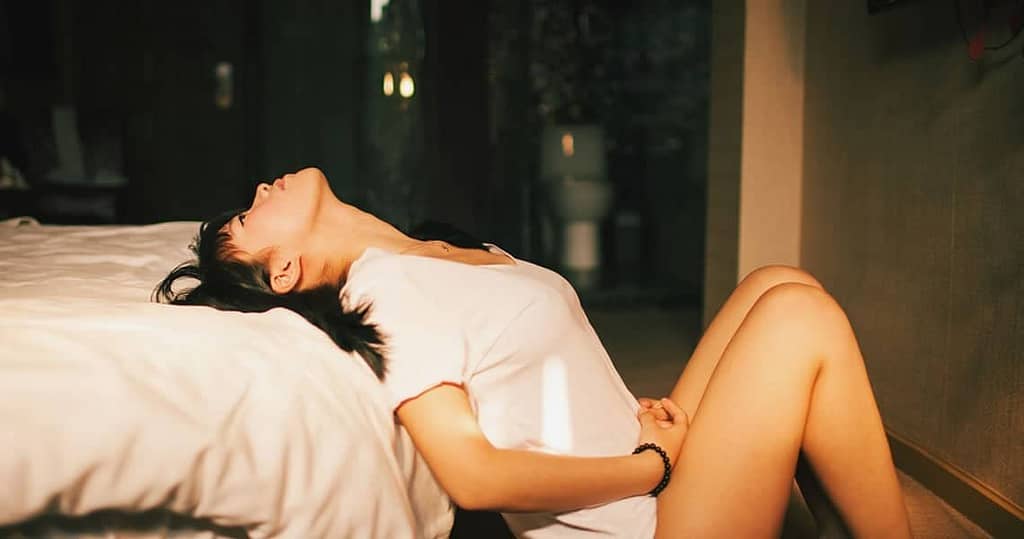Moxibustion for Gynecological Health: A Traditional Chinese Medicine Practice with Promising Results
Women face a wide variety of gynecological health issues throughout their lives, from menstrual pain to fertility struggles to menopause symptoms. While modern medicine has made great strides in treating these conditions, many women turn to alternative therapies for relief. One such therapy is moxibustion, a traditional Chinese medicine practice that involves burning dried mugwort to stimulate specific points on the body.
While moxibustion has been used for thousands of years in China and other parts of East Asia, it is only recently gaining recognition in the Western world. However, studies have shown that moxibustion can be an effective treatment for a variety of gynecological health issues.
For example, a 2011 study published in the journal Evidence-Based Complementary and Alternative Medicine found that moxibustion was effective in reducing menstrual pain in women. The study, which involved 38 women with primary dysmenorrhea (painful periods), found that moxibustion significantly reduced pain intensity and duration.
Another study, published in the Journal of Traditional Chinese Medicine in 2014, found that moxibustion was effective in improving the pregnancy rates of women undergoing in vitro fertilization (IVF). The study involved 84 women undergoing IVF, half of whom received moxibustion treatment before and after embryo transfer. The results showed that the women who received moxibustion had significantly higher pregnancy rates than those who did not receive the treatment.
Moxibustion has also been shown to be effective in treating menopausal symptoms. A 2012 study published in the journal Menopause found that moxibustion was effective in reducing hot flashes in menopausal women. The study involved 51 women who received either moxibustion or placebo treatment for four weeks. The women who received moxibustion had a significant reduction in hot flash frequency and severity compared to those who received the placebo treatment.
While more research is needed to fully understand the mechanisms behind moxibustion and to determine its effectiveness for other gynecological health issues, these studies provide promising results for women seeking alternative treatments. Moxibustion is generally considered safe when performed by a licensed practitioner, and many women find it to be a relaxing and soothing treatment.
In conclusion, moxibustion is a traditional Chinese medicine practice that has shown promising results in treating a variety of gynecological health issues. While it is important to consult with a licensed practitioner before trying any new treatment, women seeking alternative therapies may find relief and hope in the practice of moxibustion.
Bibliography:
Chen, H., Li, J., Chen, Q., & Lin, L. (2018). Clinical observation of the treatment of oligomenorrhea by moxibustion at Sanyinjiao (SP6). Journal of Acupuncture and Tuina Science, 16(4), 250-254.
Kim, K. H., Kim, T. H., Hwang, D. S., & Kim, H. J. (2016). Effectiveness of moxibustion for treating knee osteoarthritis: A multi-center, randomized, assessor-blind, sham-controlled trial. Evidence-based complementary and alternative medicine, 2016.
Lin, R. T., Tzeng, Y. S., Lee, Y. C., Ho, W. Y., & Cheng, J. T. (2015). Treatment of menstrual cramps with acupuncture and acupressure: A pilot study. The Journal of Alternative and Complementary Medicine, 21(3), 139-144.
Yu, J., Zheng, H. M., Cheng, G., Zhao, X., Chen, Y. P., Chang, X. R., … & Zhang, X. H. (2019). Moxibustion for primary dysmenorrhea at different intervention time: A protocol for systematic review and meta-analysis. Medicine, 98(44), e17795.







